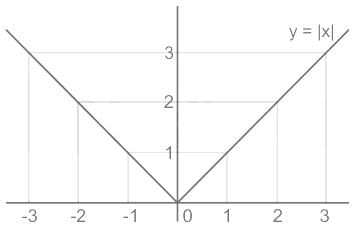Test: Modulus Function - SAT MCQ
Test Description
10 Questions MCQ Test - Test: Modulus Function
Test: Modulus Function for SAT 2025 is part of SAT preparation. The Test: Modulus Function questions and answers have been prepared
according to the SAT exam syllabus.The Test: Modulus Function MCQs are made for SAT 2025 Exam.
Find important definitions, questions, notes, meanings, examples, exercises, MCQs and online tests for Test: Modulus Function below.
Solutions of Test: Modulus Function questions in English are available as part of our course for SAT & Test: Modulus Function solutions in
Hindi for SAT course.
Download more important topics, notes, lectures and mock test series for SAT Exam by signing up for free. Attempt Test: Modulus Function | 10 questions in 15 minutes | Mock test for SAT preparation | Free important questions MCQ to study for SAT Exam | Download free PDF with solutions
Test: Modulus Function - Question 1
Consider the linear congruence 6 x ≡ 3 (mod 9). Then the incongruent solutions modulo 9 of this congruence are:
Detailed Solution for Test: Modulus Function - Question 1
Detailed Solution for Test: Modulus Function - Question 2
Test: Modulus Function - Question 3
If |x2 – 12x + 32| + |x2 – 9x + 20| = 0. Then find the value of x.
Detailed Solution for Test: Modulus Function - Question 3
Detailed Solution for Test: Modulus Function - Question 4
Detailed Solution for Test: Modulus Function - Question 5
Test: Modulus Function - Question 6
The number of real solutions of equation x2 - 3 |x| + 2 = 0 is:
Detailed Solution for Test: Modulus Function - Question 6
Detailed Solution for Test: Modulus Function - Question 7
Detailed Solution for Test: Modulus Function - Question 8
Test: Modulus Function - Question 9
Which one of the following is correct in respect of the function f: R → R+ defined as f(x) = |x + 1|?
Detailed Solution for Test: Modulus Function - Question 9
Detailed Solution for Test: Modulus Function - Question 10
Information about Test: Modulus Function Page
In this test you can find the Exam questions for Test: Modulus Function solved & explained in the simplest way possible.
Besides giving Questions and answers for Test: Modulus Function, EduRev gives you an ample number of Online tests for practice
Download as PDF


















